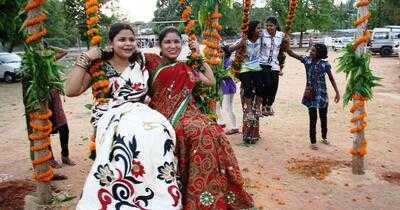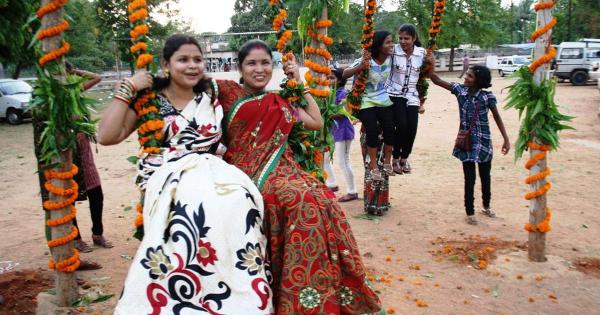

In mid-June, as the first monsoon clouds arrive over Odisha, the Raja Parba festival marking the fertility of the earth begins. The three to four-day celebration, primarily observed by Odia Hindus, is rooted in the belief that the Earth, like a woman, undergoes a menstrual cycle.
Raja is derived from “rajaswaalaa”, which means a menstruating woman in Odia. Like the menstrual cycle, which marks the fertility of the human body, monsoon rain makes the soil fertile.
Agricultural activity is halted during the festival, partly in line with the belief that the earth is “impure”, like a woman during her menstrual cycle. Women, especially young, unmarried girls, are relieved of household chores. They wear new sarees and clothes, apply altaa, a red dye, to their feet and gather under mango and banyan trees to swing, sing and celebrate.
The belief of “impurity” carries the weight of stigma, but it is also tied to broader cultural practices that recognise the Earth’s need for rest.
Doctoral researcher Laxman Majhi writes that the festival acknowledges menstruation as a life-affirming process that symbolises the connection between womanhood, fertility and the Earth’s cycles.
Today, Raja Parba is observed across Odisha, including urban areas, where it has gained renewed visibility. The Odisha government officially recognises Raja and the first day, Pahili...
Read more